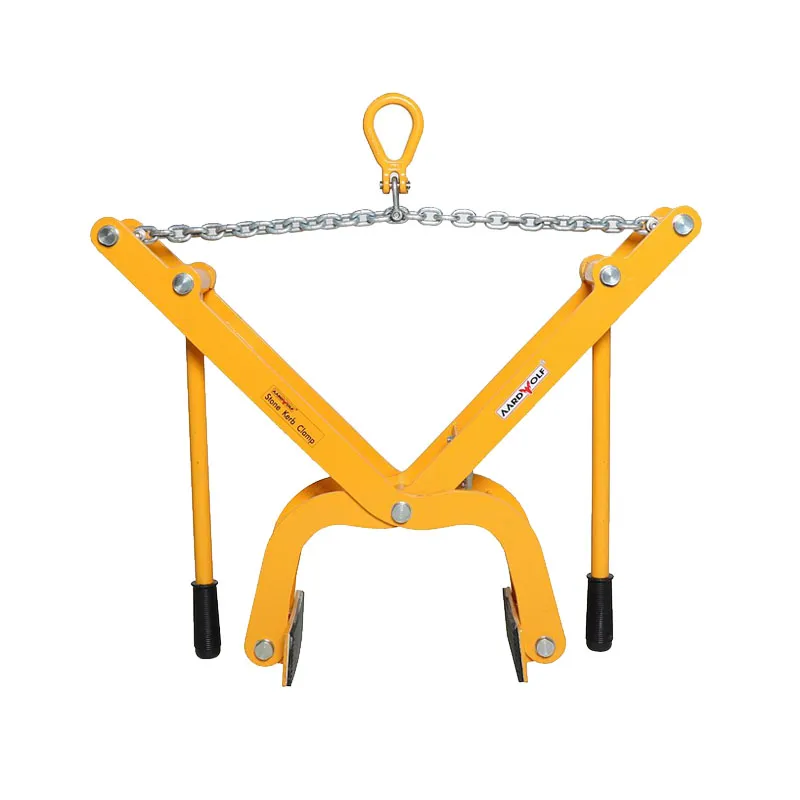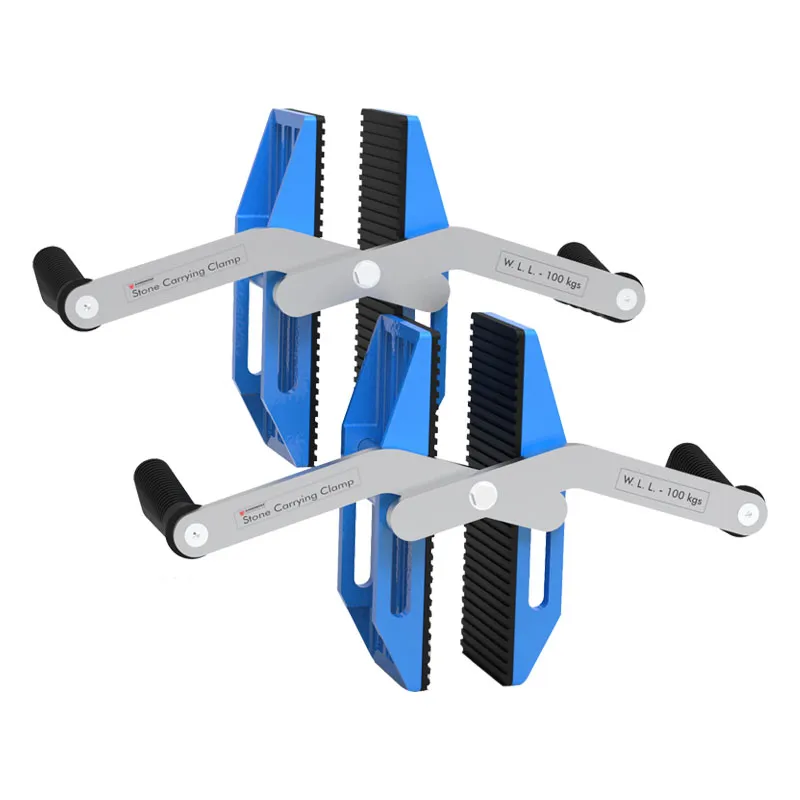Unlocking Efficiency, Safety, and Cost Savings in Modern Operations
Material handling is the backbone of every successful manufacturing plant, construction site, warehouse, and logistics hub. From the simplest wheelbarrow to advanced automated cranes, effective material handling determines how efficiently materials flow, how safely workers operate, and how well costs and waste are controlled.
But what are the core objectives of material handling? Why is it critical to modern industry? This guide explores the primary goals, best practices, and the role of advanced equipment in optimizing your material flow.

Table of Contents
ToggleWhat Is Material Handling?
Material handling is the systematic movement, protection, storage, and control of materials—through manufacturing, warehousing, distribution, consumption, and disposal. It blends people, equipment, procedures, and systems to ensure that goods are moved, stored, and accessed efficiently and safely.
Learn more: What Is Material Handling?

The Key Objectives of Material Handling
1. Reduce Material Handling Costs
One of the foremost objectives is to minimize the overall cost associated with moving and storing materials. This includes labor, equipment, energy, and space.
- Automating processes with conveyors, forklifts, and Vacuum Lifters helps reduce manual labor and transport times.
- Optimized layout and workflow design minimize unnecessary moves, wait times, and double handling.
Discover more at Material handling Equipment.
2. Improve Safety on Construction Site and in Warehousing
Worker safety is a non-negotiable objective. Proper material handling drastically reduces accidents, injuries, and claims.
- Mechanical aids like Jib Cranes and Aardwolf Slab Lifters eliminate the need for manual lifting of heavy or awkward loads.
- Training and standard procedures ensure all team members know how to use equipment safely.
3. Increase Construction Productivity and Operational Efficiency
Another core goal is to maximize productivity by ensuring smooth and fast material movement.
- Forklifts for construction and powered carts reduce loading/unloading time and speed up material transfer on site.
- Conveyors in construction and warehouses enable continuous, hands-free material flow.
- Integrated systems allow for real-time tracking, automated sorting, and seamless job site logistics.
4. Minimize Material Waste and Damage
Handling materials efficiently is vital to preventing loss, breakage, or spoilage.
- Proper material storage solutions—including racks, bins, and automated storage systems—reduce risk of damage.
- Specialized lifters and handling tools protect delicate items, glass, stone, and finished goods during transport.
- Safe packaging and labeling ensure goods are handled correctly throughout their journey.
5. Maximize Use of Space
Space is often a premium cost factor in construction and warehousing. Optimized material handling systems ensure every square meter is used efficiently.
- Vertical storage and high-density racking increase warehouse capacity.
- Mobile equipment like wheelbarrows, carts, and AGVs enhance movement in tight or variable spaces.
6. Enhance Inventory Control and Accuracy
Control is a fundamental objective: tracking every movement, ensuring the right material is always in the right place, and reducing costly inventory errors.
- Digital warehouse management systems track inventory levels and locations in real time.
- Material flow controls and barcoding improve traceability and compliance.
For more, see Material-handling Equipment.
7. Support Lean and Just-In-Time (JIT) Operations
Modern manufacturing and construction demand lean principles: only moving materials when needed and reducing idle inventory.
- Streamlined handling processes eliminate bottlenecks and ensure materials arrive exactly when and where they are required.
- Flexible systems—such as modular conveyors and portable Jib Cranes—adapt quickly to changing demand.
8. Comply with Safety and Environmental Regulations
Meeting all applicable legal standards is critical to business continuity and brand reputation.
- Certification of equipment and operators ensures compliance with safety laws.
- Eco-friendly handling—using electric forklifts and optimized layouts—minimizes environmental impact.
Equipment and Tools to Achieve Material Handling Objectives
| Equipment | Purpose |
|---|---|
| Aardwolf Slab Lifters | Safe lifting of stone, glass, slabs, or heavy sheet materials |
| Vacuum Lifters | Non-damaging movement of delicate or large flat goods |
| Jib Cranes | Precision lifting and positioning on job sites or in factories |
| Forklifts and electric pallet jacks | Rapid movement and stacking of palletized goods |
| Conveyors | Automated movement and sorting of materials |
| Wheelbarrows, pallets, and carts | Flexible manual transport for small or short-distance tasks |
Explore options:
- What Is Material Handling Equipment?
- Which of the Following Is a Motorized Material Handling Device?
- What Is Mechanical Material Handling?
How These Objectives Work Together
For example, a construction company may use Aardwolf Slab Lifters and Vacuum Lifters for safe, efficient movement and storage, improving both productivity and safety.
Warehouses that adopt conveyors and digital tracking systems see reduced labor, faster order fulfillment, and fewer errors, all while maximizing their storage footprint.
Related Best Practices
- Plan your site layout to minimize unnecessary movements.
- Train all staff on equipment and safety.
- Regularly maintain and inspect all tools and machinery.
- Adopt digital systems for inventory control and real-time tracking.
For more strategy, visit What Are the Four Main Purposes of Material Handling Systems?
Conclusion
The objectives of material handling are clear: reduce costs, boost safety, increase productivity, minimize waste, and ensure every resource is optimized. The right blend of equipment, technology, and training empowers organizations to achieve these goals—whether on a busy construction site or in a high-volume warehouse.
Further Resources:

















Please log in to leave a comment.